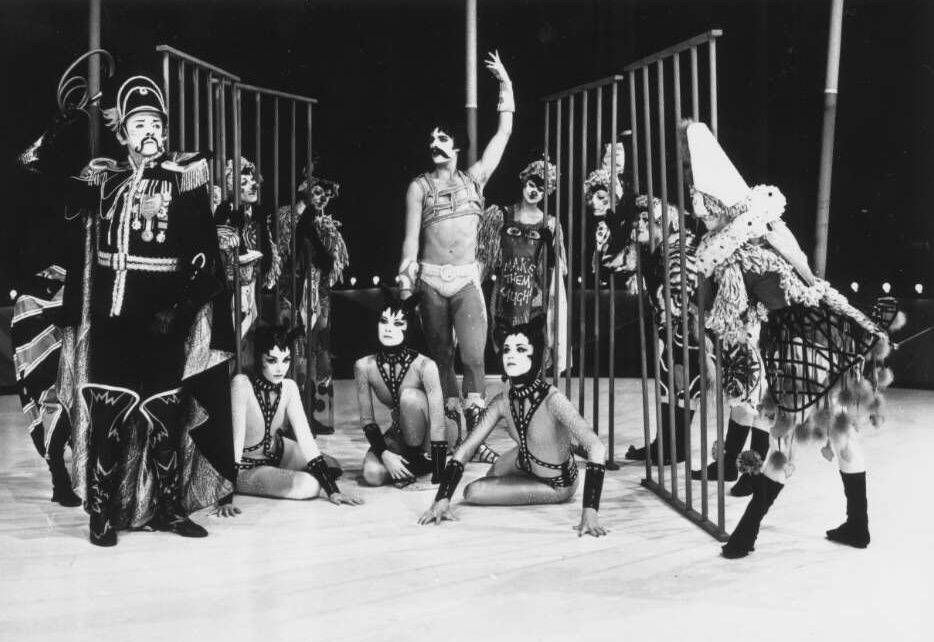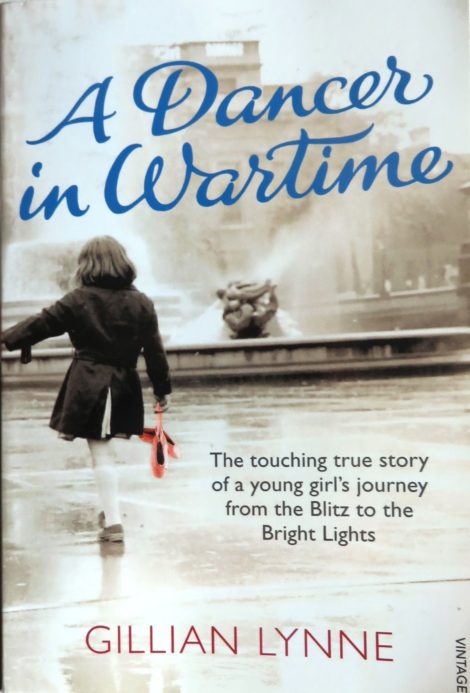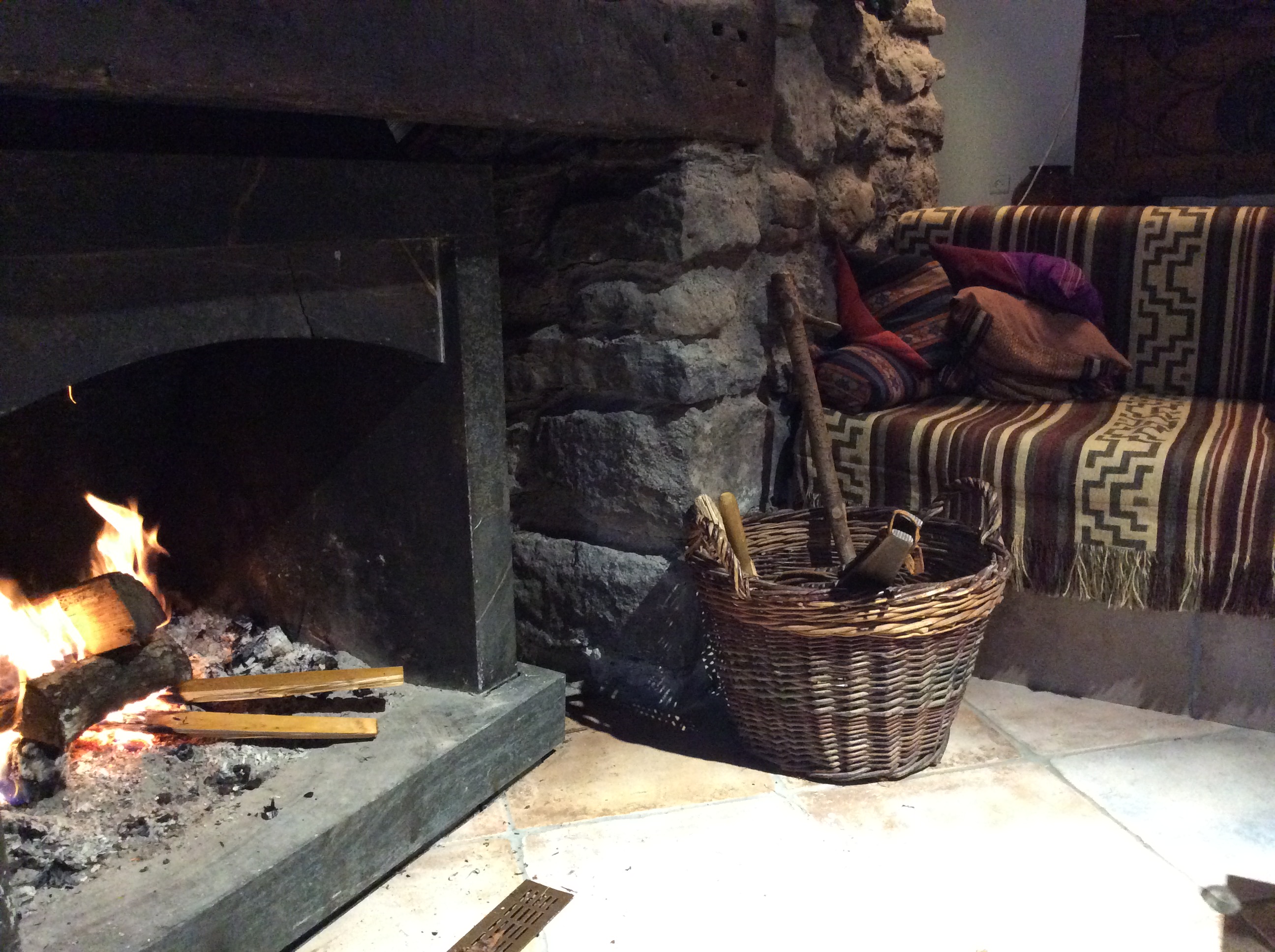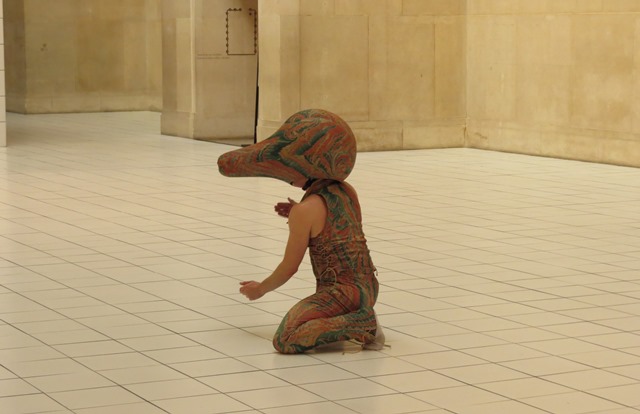- The Squash at the Tate Britain
While visiting the Tate Britain with the express purpose of examining the Tate’s excellent collection of Pre-Raphaelite paintings (Stanton Welch’s Swan Lake was inspired by The Lady of Shallot), I stumbled on a piece of performance art, The Squash. The work of British sculptor and performance artist Anthea Hamilton, it involved a single performer (a different dancer each day apparently), dressed in a squash-like costume (chosen each day from a collection of costumes), moving around a white tiled area.
The program evolved from Hamilton’s research into performance art in the 1960s and 1970s and in particular from a photograph she found of a person dressed as a squash lying among vines. How does a squash move? Without much variety I think. But still it was a diversion.
- A dancer in wartime: Gillian Lynne
Some dance fans in Australia may remember Gillian Lynne from her work in 1975–1976 on the production of Fool on the Hill, a work for the Australian Ballet especially commissioned for television. More recently, I was impressed by her work in the revival of Helpmann’s early work Miracle in the Gorbals for Birmingham Royal Ballet, which I was lucky enough to see in London in 2014. And of course she has had a stellar career in musical theatre.

I was not aware until very recently of A dancer in wartime, an autobiographical account of Lynne’s early career as a student and then dancer with Sadler’s Wells.

Published in 2011, it is a highly personal and moving work finishing with preparations for and the opening of the production of The Sleeping Beauty of 1946, the first production to open in the Royal Opera House, Covent Garden, after World War II. Definitely worth a read. Unfortunately, it leaves a few threads in the air. What, for example, happened to Geoffrey, a serviceman who seemed smitten with Lynne, who also seemed smitten with him. I have yet to discover the next part of the story!
- Gray Veredon in France
I had the pleasure very recently of visiting choreographer and director Gray Veredon at his home, La Mirande, in the Ardèche region of southern France. Veredon choreographed a number of ballets with designs by Kristian Fredrikson for Royal New Zealand Ballet and choreographed and directed two operas for Wellington City Opera, also with designs by Fredrikson.

Veredon was generous in sharing his thoughts about working with Fredrikson, who admired him greatly. Fredrikson wrote, ‘I have over 30 years found only two [choreographers] who were intuitively visual and determined to incorporate the design into choreography and dramatic visual statements.’ They were Veredon and Graeme Murphy.
Veredon’s thoughts on his work with Fredrikson, and on his own choreographic concepts, will feed into my biography of Fredrikson, which is nearing completion.
Michelle Potter, 30 April 2018
Featured image: Moment from The Squash, Tate Britain, April 2018. Photo: © Neville Potter

I also enjoyed “A Dancer in Wartime”. Gillian’s ballet school was evacuated to Loddington Hall in Leicestershire, the county where I grew up and I can vouch for the German bombers flying overhead on their way to Birmingham or Coventry. “Keep the Home Fires Burning” by Anne Bennett gives a good description of those awful times. As for Major Geoffrey Gordon-Creed MC DSO there is a book about him “Death and Seduction Behind Enemy Lines with Major Geoff” by Roger Field and G G-C, 2011. I haven’t read it so I don’t know if it lists all his conquests!
Another book I have enjoyed recently is “Agony and Ecstasy: My Life in Dance” by Daria Klimentova, 2013. An interesting and frank account of life as a Prima Ballerina, mainly with ENB. She now teaches at the Royal Ballet School.
I noted your comment in Dance Australia, Feb/Mar 2018, p. 32, that Lucy Green is a dancer to watch. She gave some lovely performances with the RNZB and I was very sorry when she left the company. Her performance with Kohei Iwamoto in Swan Lake in August 2013 was outstanding. Attend any of her performances if you can!
Thanks Barry for your comment. I will try to get hold of the book about Major Geoff! With luck it will be in the National Library in Canberra. I have been interested in how dancers managed the horrific events of wartime (and kept going regardless) ever since writing my biography of Dame Margaret Scott who toured with Rambert througout the war. Gillian Lynne’s book was interesting to me for that reason in particular. As it happens I also picked up the first part (not sure if there is a second part) of Richard Buckle’s autobiography, The most upsetting woman, in a second hand bookshop. It gave another account of events. Buckle’s connections with British society put him in a very different position I think. So it was an interesting contrast. Re Gillian Lynne, I had lunch yesterday with Patricia Linton, former Royal Ballet dancer, teacher and now oral historian, who told ne that Gillian is not at all well at the moment. So, let’s hope she gets better.
Re Lucy Green, I saw her perform with RNZB once or twice, and admired her work then, and I am looking forward to seeing more of her with QB.